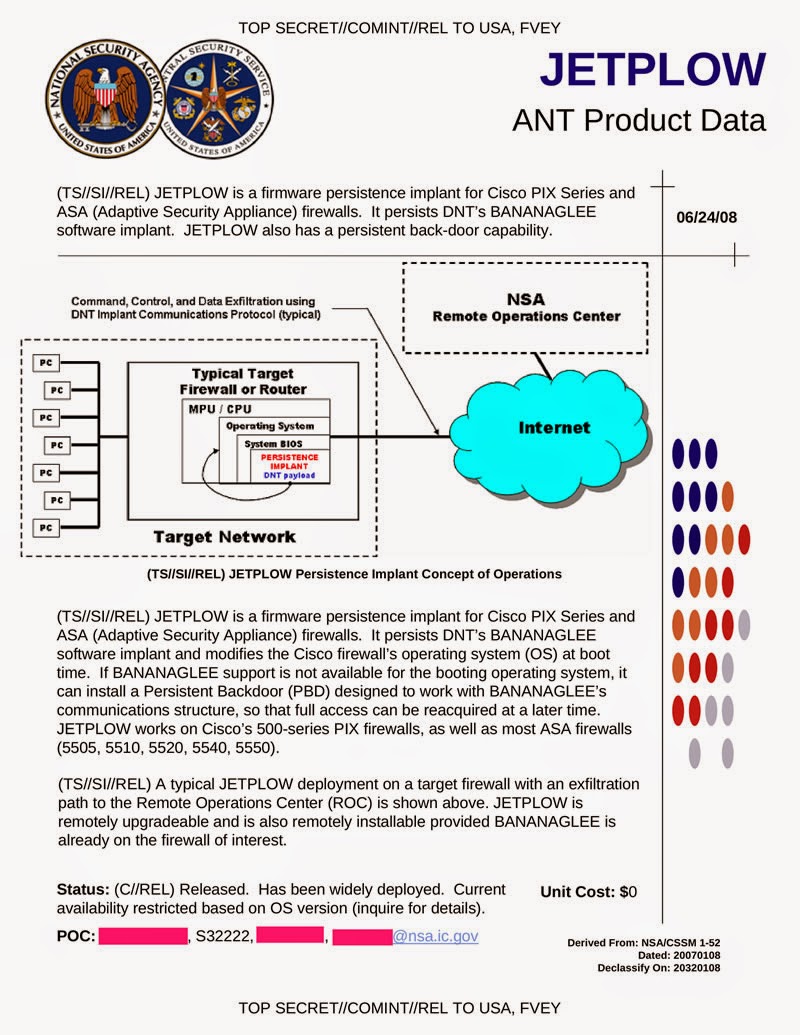В интернете можно найти сотни сайтов, которые предлагают читерские программы для разных игр, которые в том числе дают возможность хорошо заработать. Например, один из крупнейших провайдеров продает подписку на одну игру за $10,95 в месяц и зарабатывает около $1,25 млн в год. Их программа для Counter-Strike: Global Offensive позволяет видеть противника сквозь стены, автоматически наводить прицел и стрелять по заранее обнаруженному врагу.
Для такой популярной игры как Counter-Strike созданы тысячи хаков и нечестных приемов борьбы. «Несколько сотен читов активно используются в каждый момент времени, — рассказал бывший сотрудник Booz Allen Hamilton Эдвард Сноуден, — Есть порядка 10-20 организованных групп, которые продают читы за деньги». Некоторые из разработчиков читерских модулей создают некое подобие DRM-защиты, чтобы исключить пиратство своих программ. Эти модули работают на уровне ядра ОС и периодически связываются с командными серверами. Записи о таких соединениях остаются в кэше DNS, вот почему модуль VAC проверяет его.
Удивительно, как много людей пользуются читерскими программами для заработка в сети или просто для эффективной игры и получения превосходства над противником.
По оценкам компании Booz Allen Hamilton, примерно 1% игроков готовы платить за подобный софт. Если учесть, что у того же Counter-Strike: Global Offensive ежемесячная аудитория составляет 2,5 млн человек, то на одной этой игре мы получаем 25 000 читеров. Для компаний-разработчика чита — это примерно $250 тыс. прибыли. И таких игр десятки: Call of Duty, Battlefield, Rising Storm и многие, многие другие.



